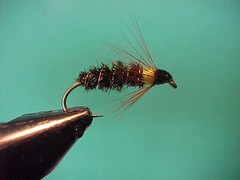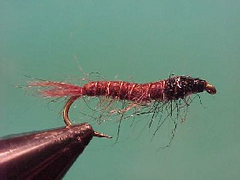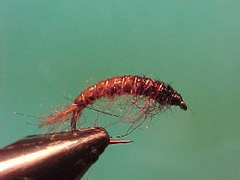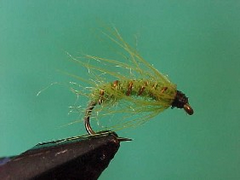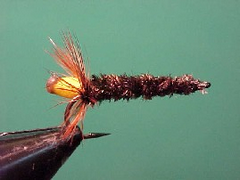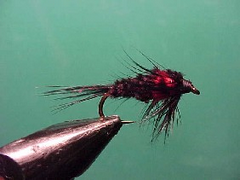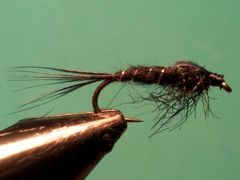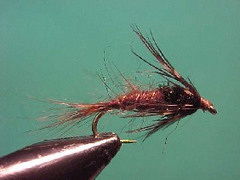Stick fly
There are more versions of stick flies than you can poke a stick at (excuse the pun) and this one is a compilation of a couple that I like. Its easy to tie and works well particularly early in the season when the water is just starting to warm up and there isn’t that much food about.

